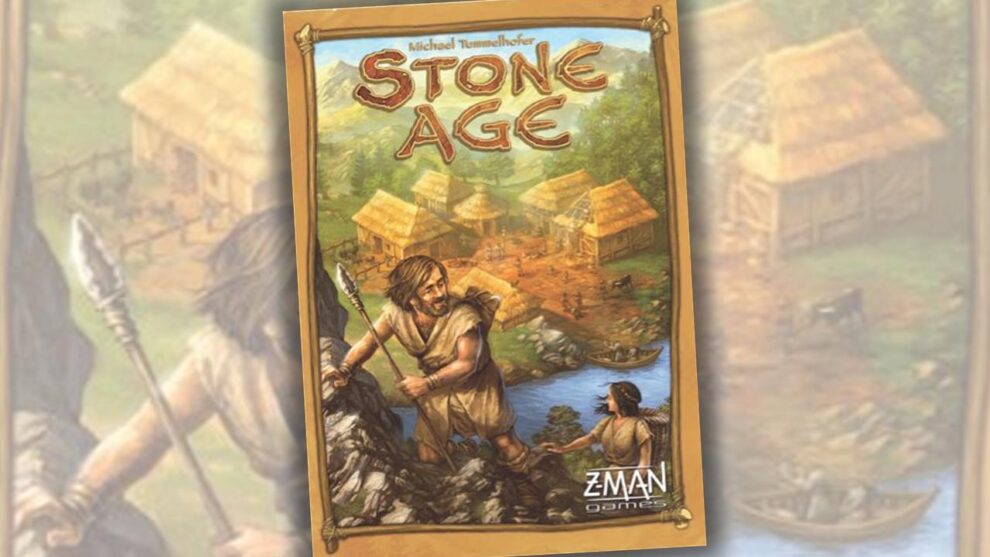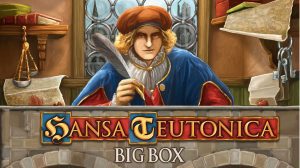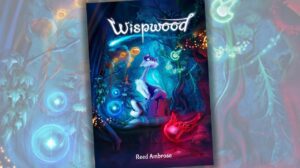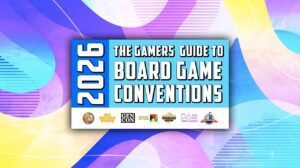Disclosure: Meeple Mountain received a free copy of this product in exchange for an honest, unbiased review. This review is not intended to be an endorsement.
Whether it was 2008 or at a table earlier last month, I have always enjoyed a tidy, easy-to-teach Euro-style dice chucker that plays in about an hour.
When I learned that our team had not previously covered the 2008 game Stone Age, I raised my hand high to see if our partners at Asmodee and Z-Man Games would be open to sending a review copy of the game. (So, let’s first start there—this game is still selling reasonably well, more than 15 years after its initial release!!). Asmodee agreed, so I got in a few plays on both Board Game Arena as well with the physical copy to compile a few thoughts.
Great news, friends: not only does Stone Age hold up, but it is shockingly easy to teach it to both new and experienced gamers. My 11- and 8-year-old children picked this one up as well, and save for having to awkwardly explain one of the spaces on the main board, Stone Age is a delightfully accessible family-weight gaming experience.
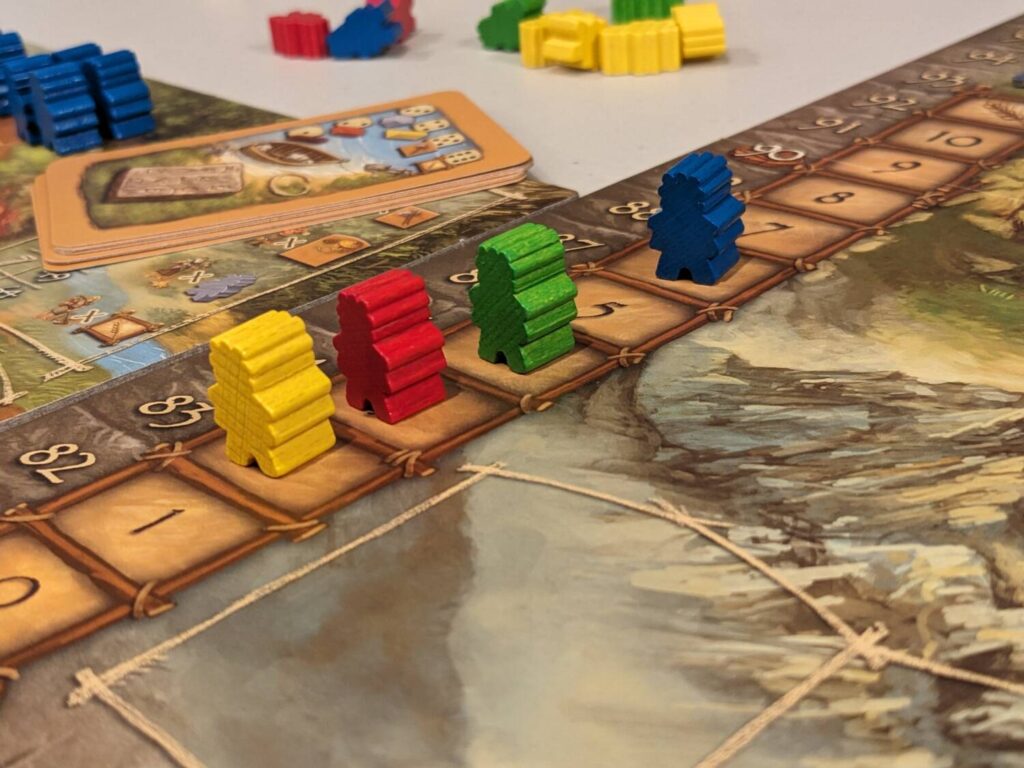
“Oh, THAT’S What Happens in the Hut”
Stone Age is a 2-4 player worker placement game, with a bevy of the game’s points earned by running out to four different areas of the board to gather resources, then using those resources to either fulfill contracts (here known as buildings) or purchase civilization cards that offer set collection scoring elements during end-game scoring.
On a turn, players must place any number of their workers on one location of the board, or pass. Five of the locations are used to grab food, clay, stone, gold or wood during the action phase, where players roll six-sided dice equal to the number of workers at a location to gather resources. Other action areas provide tools that help with dice mitigation, provide a boost to an agricultural track that aids its owner during the feeding phase, or spaces to claim end-game scoring cards.
Oh, and one space is a hut. There’s room for two workers of a player’s color to procreate…so during the action phase, those two workers magically transform into three workers, increasing action efficiency but also increasing a player’s feeding costs.
Stone Age was designed by Bernd Brunnhofer, and one can tell he likes making interesting decisions before running off to spend the majority of his day enjoying his free time. Stone Age moves quick, baby. The entire enterprise is interesting but not overly complicated. My first play was in person with my review crew, and with three new players and a fourth who had played one other time, our game took 85 minutes.
It is clear that even a second play with the same group would likely take an hour, maybe less. Every turn had some juice to it. Getting boxed out of resource collection spots by a savvy player is a calculation you’ve got to make often, particularly in later rounds. Some of the building contracts are strictly better than others thanks to a built-in level of flexibility to fill their requirements.
I like that there are a couple of paths to victory, especially for players who recognize the power of daisy chaining certain cards that could add 30-50 points or more during end-game scoring. And much like other older games, I like that there is no mid-game or era scoring during Stone Age…everyone takes turns until one of the game’s two end conditions are met, then it is lights out.
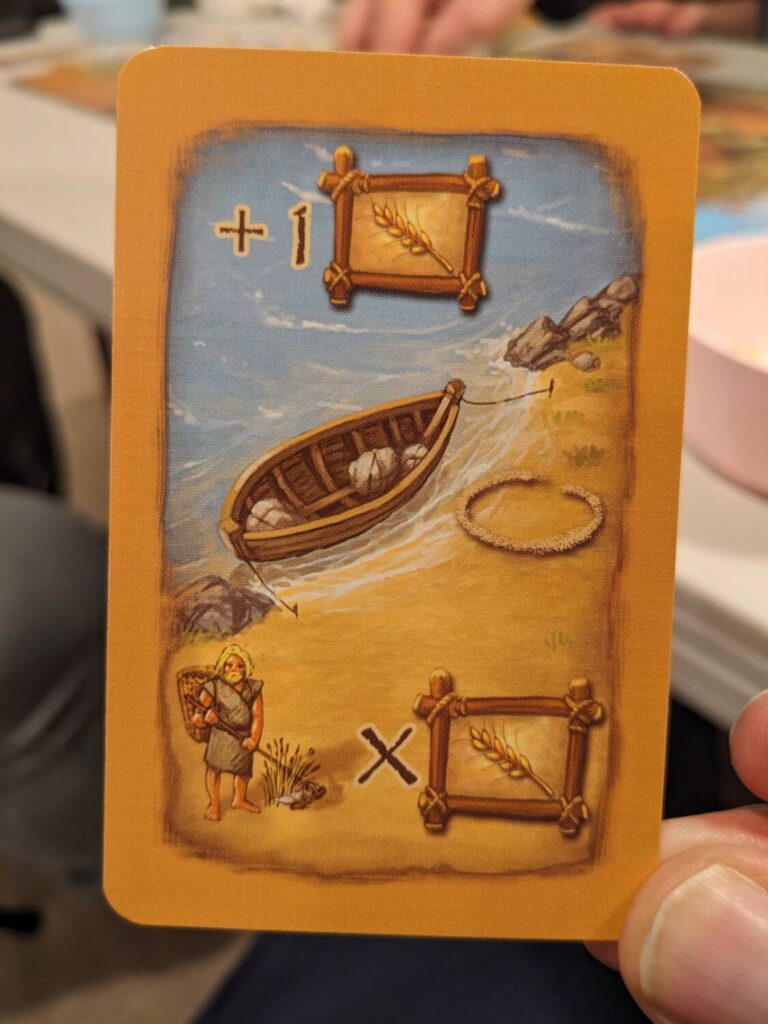
The Question is Replayability
Brunnhofer’s highest-ranked game on BGG is Stone Age, but for my money, his best game is Saint Petersburg, because it feels a lot more replayable than Stone Age.
Here’s what I mean. Even without the expansions, Saint Petersburg has a lot of meat on the bone thanks to the way cards appear in the market during different phases, as well as the diversity amongst the cards that are available. I’m sure expert players would say there is a dominant strategy—even I recognized that during my first few plays of Saint Petersburg—but I don’t think the early game is scripted in quite the same way that Stone Age feels.
The first player in each of my games has sent a pair of workers to the magic hut. (No, it’s not officially called that, but we can agree that something magical happens there.) The next player has always taken a tool. The next player has always taken the space to bump up on the agricultural track. No one goes for gold resources in the first round. Everyone goes for wood and clay in the first round. Everyone goes for the cheapest card slot, maybe the second if that first space is filled. No one has enough resources yet to go for a building/contract tile.
The first 3-4 rounds of Stone Age, thanks to the rotating turn order and lack of resources, were always pretty bland. Things get hopping once everyone gets a sixth or seventh worker, but the first rounds always felt routine. That makes me wonder how often I would really get it to the table, especially with games that have more exciting intros in a medium-weight strategy package, from La Granja up through newer one-hour faves like Union Stockyards and Galileo Project.
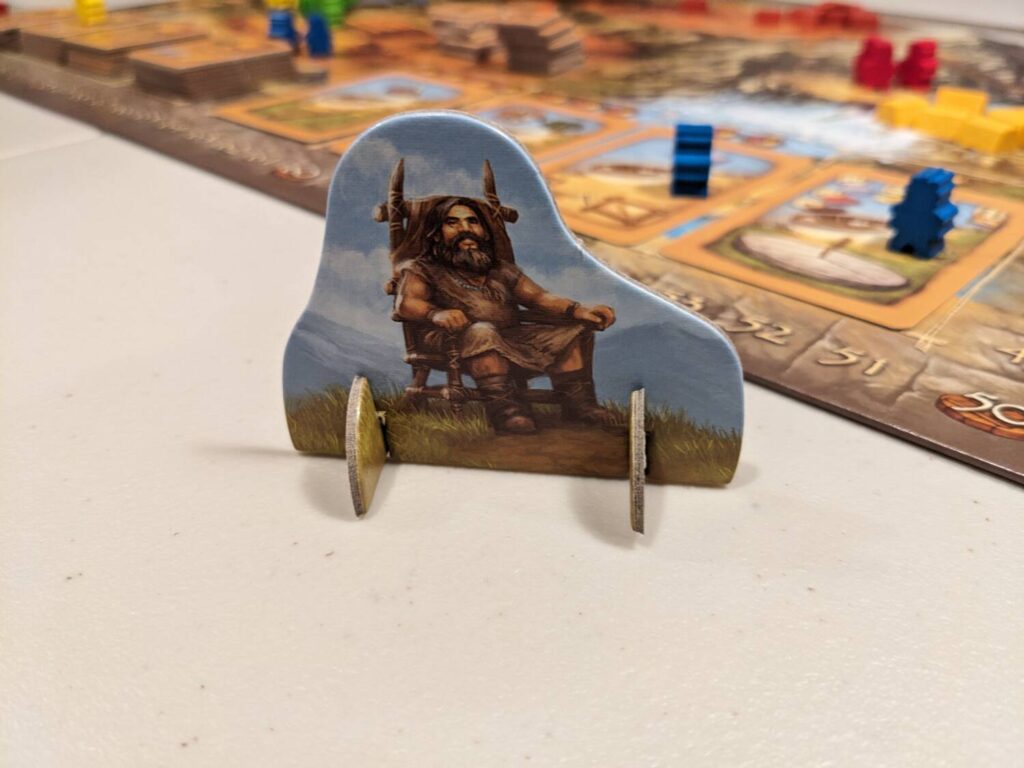
But the back halves of each play of Stone Age were always cool. It’s fun to watch others chuck dice to quickly determine if they got a ton of resources or absolutely hosed with bad die rolls. Every few rounds, someone has to spend their entire round gathering food, but making that an infrequent part of the game is vital to scoring as many buildings and grabbing as many cards as possible before play wraps up.
Michael Menzel, the artist and designer who created one of my all-time favorite narrative games, The Adventures of Robin Hood, has illustrated more than 400 games including the art for Stone Age. Between this game’s cover and the images on the various cards, Stone Age feels a lot like a prototype for the illustrative style Menzel used for Robin Hood. It always felt like I was sending my workers into Sherwood Forest, and the board makes great use of its space by serving as a storage area for all of the game’s food and production resources in addition to hosting the worker placement locations.
I see why Stone Age holds down a spot on the BGG 500 list. The game feels timeless, and probably felt that way when it first arrived more than 15 years ago. It’s a game I will always play, and its presence on BGA means I can always find strangers willing to join me at the virtual table.


